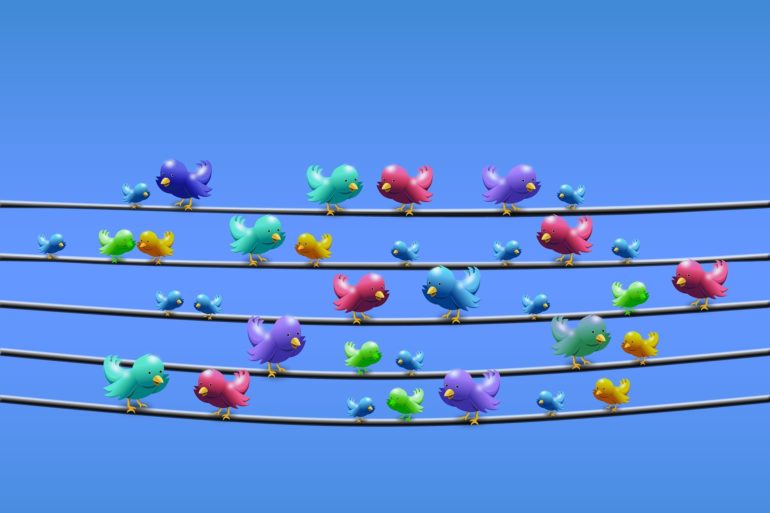Viral, true tweets spread just as far, wide and deep as viral untrue tweets, according to new research from Cornell University that upends the prevailing assumption that untruths on Twitter move faster.
This finding helps illuminate why certain mitigating strategies to curb disinformation on Twitter haven’t worked, while also suggesting that the most effective strategy against fake news may begin with users.
Building off a landmark 2018 study of 11 years’ worth of Twitter data that suggested falsehoods spread farther, faster, deeper and more broadly than truths, co-authors Jonas Juul, a postdoctoral researcher at Cornell University, and Johan Ugander, of Stanford University, honed in on the structural properties of Twitter “cascades”—a measurement of the paths viral tweets take from the original poster on down through the network via retweets.
By extension, cascades show a tweet’s general popularity; the more a tweet is shared, the bigger its cascade. The researchers examined cascades of the same size, meaning true and untrue tweets that reached about the same number of users.
What they found is that the cascades of equally shared true and untrue tweets were virtually indistinguishable from each other, to the extent that the researchers couldn’t tell which tweet was true or untrue just by comparing cascades. While it’s true that people are more prone to share falsehoods than truths online—a phenomenon researchers have yet to explain—this latest finding tweaks the prevailing assumption that untruths moved more ravenously than truths through Twitter.
The findings have implications as Twitter and other social networks look to institute strategies to curb the spread of misinformation. If false news cascades looked differently from true news cascades, an algorithm could easily identify and flag potential misinformation.
The authors suggest better digital literacy among users could make people less likely to share untruths on Twitter.
The study, “Comparing Information Diffusion Mechanisms by Matching on Cascade Size,” was published in the Proceedings of the National Academy of Sciences.
Forecasting contagious ideas: ‘Infectivity’ models accurately predict tweet lifespan
More information:
Jonas L. Juul et al, Comparing information diffusion mechanisms by matching on cascade size, Proceedings of the National Academy of Sciences (2021). DOI: 10.1073/pnas.2100786118
Provided by
Cornell University
Citation:
Viral true tweets spread just as far as viral untrue tweets (2021, November 10)
retrieved 14 November 2021
from https://techxplore.com/news/2021-11-viral-true-tweets-untrue.html
This document is subject to copyright. Apart from any fair dealing for the purpose of private study or research, no
part may be reproduced without the written permission. The content is provided for information purposes only.



